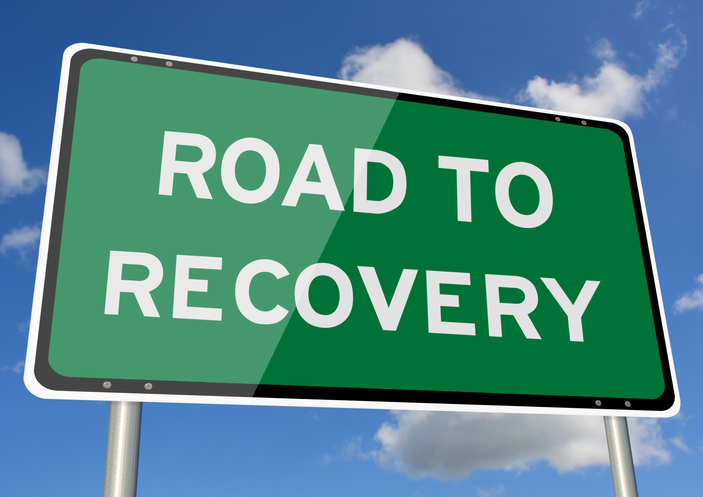This is the last day of June. I am reminded of a Mark Twain quote: It is not what we know, it is what we know that just isn’t so! And little or no time to find out. I need not write about the ever-changing daily news. You know some if not all. I have begun this column several times until I remember my goal is to share information about what is going on with our national recovery movement that is important today. As I searched for words, I recall that there are many paths to recovery and that all have their inhabitants on a journey, sometimes with setbacks and sometimes not—all on their path to harm reduction and/or abstinence. It is a journey, not a destination. I wrote a blog titled about words and as I thought about words, I thought of fellowship and community. Another word might be unity. A fellow commissioner in Denver had a position governing the homeless population and had firsthand insight to the “community” he described. They had a contrived a unity of fellowship with a sense of self awareness and survival. They exchanged information about resources and the sense of being apart but not alone. So many lived with mental illness and substance use. They feared change and disruption of a routine. One said, “I’m not going because I will lose my way, my friends and my stuff”
When I was in Denver, Colorado, I became interested in the paths to recovery. I learned about harm reduction. With many years in sustained recovery, I began to realize that among many paths were the consideration of Harm Reduction. I followed up on this with a letter to a legislator with similar views. She worked hard but the idea didn’t find support. Last week, Faces and Voices of Recovery had its monthly Association of Recovery Organizations. ARCO. A feature was a presentation on Harm Reduction presented by Laura Fry, PRSS. The first slide showed this: Harm reduction is a set of practical strategies that reduce negative consequences of drug use, incorporating a spectrum of strategies from safer use, to managed use, to abstinence. Harm reduction strategies to meet drug user “where they are at,” addressing conditions of use along with the use itself. The Harm Reduction Coalition. New York City. I came to believe this approach and researched policies on harm reduction.
I was reminded of a story. An addict, being offered help, told the person “You wouldn’t understand” He responded, “that’s because you haven’t heard my story.” The goals: Acknowledges that stopping drug use may not be realistic or desirable for everyone and provision of practical strategies for reducing risks & harms— no person should be denied access to services because of their drug use. The goals: Reduce the spread of infections such as HIV & Hepatitis C; Reduce risky drug use; Prevent drug overdose deaths; Provide practical drug education; and Increase user’s contact with support services. Outreach Strategies: Medication-assisted treatment (MAT) access; Needle and syringe exchange/access; Overdose reversal kits (Naloxone/Narcan; Information distribution; Peer outreach; Drug policy reform; Piloting/researching safe consumption facilities. We know that a Growing population of homeless folks who have comorbidity of health issues, including substance use disorders and that CDC data indicates a drop in overdose deaths from community-based naloxone distribution initiatives. It’s the right thing to do.
This week, PBS aired a Ken Burns project titled, “Hiding in Plain Sight, Youth Mental Illness” It was a 2-hour presentation and featured several young “heroes” who told their story and included the other “victims”—the family, relatives, and friends—and their stories. As was said, for each suicide, there are 9 other victims. The stories, from all, were candid, sad, and troubled. I quit calling those incidents “relapses.” For me, there were setbacks. Get back on track, and don’t look back. I now have over 25 years of sustained recovery. I have heard many times the “power of stories.” It was foundational when we constructed a plan and program to tell our story of recovery in St Paul in 2001. I gave attention to the stories. I was pleased as the background to the stories were part of the story telling. It is good that such inclusions are there for people to realize the connection between mental health issues and substance use disorder. It is right to see the broader spectrum of victimhood with those using drugs, yet short of suicide or overdose. Finally, I was impressed at the time, effort, and courage, from all who made the story of stories possible. Readers, check with Faces and Voices of Recovery for more information on Harm Reduction and other resources and check PBS listings of repeats of the presentation or order information. I like to end on a positive note. In the final episode, Resilience, the heroes had used their “lived experience” to find recovery. Each had a positive and healthy response to their recovery. The planned or present jobs were in social services or medicine. Great stories and all are welcome in our recovery movement.
Remember— RECOVERY IS FOR EVERYONE.
Merlyn Karst—Recovery Ambassador.

